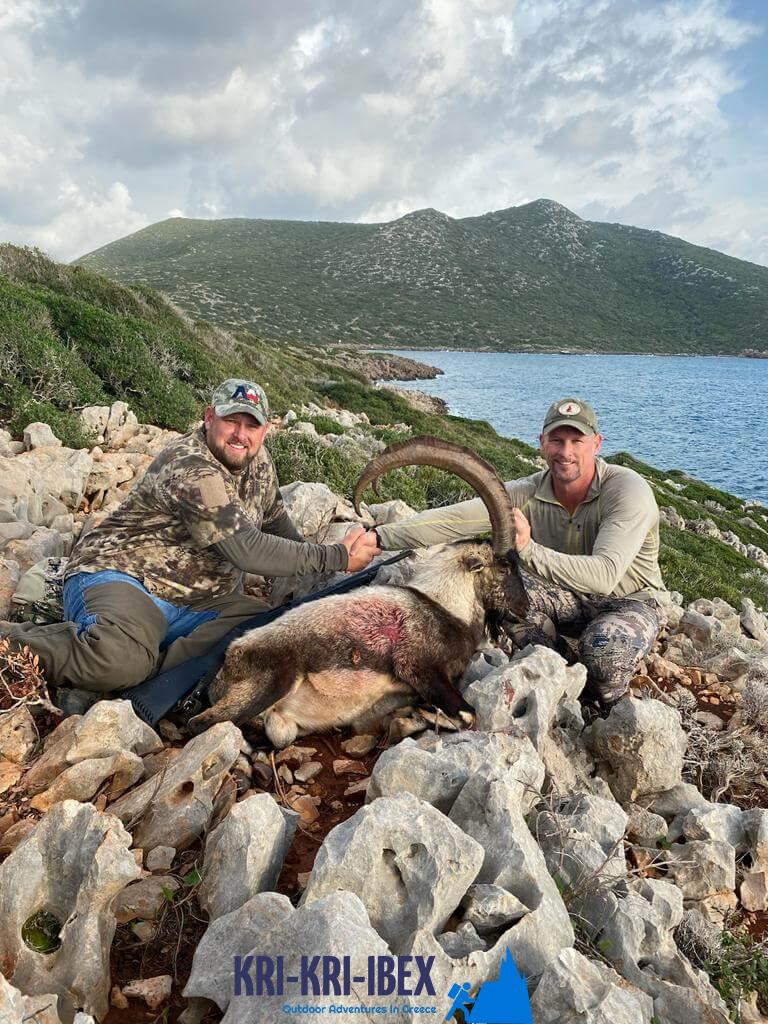
To many individuals, The Peloponnese peninsula on the Greek Mainland is the 'actual' Greece, where points have actually not transformed a lot in any way over the centuries although that many people have uncovered it. This is a location where you can conveniently spend a month, but if you are short promptly then our outdoor hunting, Fishing, totally free diving and also touring Peloponnese Tours from Methoni is a great solution. Join us as we discover all that this historical as well as lovely area has to offer!

Hunting Kri-Kri Ibex on Sapientza Island is a hard but satisfying job. The ibex reside in tough, rough terrain that can easily leave you without footwear after only two journeys. Capturing a shotgun without optics can likewise be a challenging job. However, the hunt is well worth it as the ibex are some of the most attractive animals worldwide. Greece is a remarkable country with an abundant history and also culture. There are lots of tourism chances readily available, including hiking, taking in the sights, and also certainly, hunting. Greece supplies something for everybody and is absolutely worth a check out.
On our Peloponnese excursions, you'll get to experience all that this outstanding region needs to offer. We'll take you on a trip of a few of the most gorgeous and also historic websites in all of Greece, consisting of ancient damages, castles, as well as much more. You'll additionally get to experience several of the conventional Greek society firsthand by enjoying a few of the scrumptious food as well as a glass of wine that the region is known for. And naturally, no trip to Peloponnese would certainly be complete without a dip in the shimmering Mediterranean Sea! Whether you're a skilled seeker looking for a brand-new adventure or a first-time traveler just wanting to discover Greece's stunning landscape, our Peloponnese excursions are excellent for you. So what are you waiting on? Schedule your trip today!
If you are looking for Kri Kri ibex hunt and also unforgettable holiday location, look no further than the Sapientza island in Greece. With its sensational natural appeal, delicious food, as well as rich society, you will certainly not be dissatisfied. Schedule one of our hunting and also exploring Peloponnese Tours from Methoni today, dot neglect your trophy Kri Kri ibex!
What is the diference between Kri Kri ibex, Bezoar ibex and hybrid ibex
The kri-kri is not thought to be indigenous to Crete, most likely having been imported to the island during the time of the Minoan civilization. Nevertheless, it is found nowhere else and is therefore endemic to Crete. It was common throughout the Aegean but the peaks of the 8,000 ft (2,400 m) White Mountains of Western Crete are their last strongholds–particularly a series of almost vertical 3,000 ft (900 m) cliffs called ‘the Untrodden’—at the head of the Samaria Gorge. This mountain range, which hosts another 14 endemic animal species, is protected as a UNESCO Biosphere Reserve. In total, their range extends to the White Mountains, the Samaria National Forest and the islets of Dia, Thodorou, and Agii Pandes.
This Ibex is NOT a diminutive form of the Bezoar Ibex, which has migrated into the western-most reach of the range of this species. The kri – kri (Capra aegagrus cretica), sometimes called the Cretan goat, Agrimi, or Cretan Ibex, is a feral goat inhabiting the Eastern Mediterranean, previously considered a subspecies of wild goat. The kri-kri has a light brownish coat with a darker band around its neck. It has two horns that sweep back from the head. In the wild they are shy and avoid tourists, resting during the day. The animal can leap some distance or climb seemingly sheer cliffs.
“The agrimi goat Capra aegagrus cretica is unique to Crete and its offshore islands. It has been identi®ed as a sub-species of the wild bezoar goat Capra aegagrus aegagrus Erxleben, 1777, which it closely resembles in horn shape, body form and coloration. This classi®cation has been disputed by some researchers who claim that the agrimi are feral goats, derived from early domestic stock brought to the island by the ®rst Neolithic settlers. In order to clarify this issue, DNA analyses (cytochrome b and D loop sequences) were carried out on tissue of live and skeletonized agrimi and compared to sequences of wild and domestic caprines. Results conclusively show the agrimi to be a feral animal, that clades with domestic goats (Capra hircus) rather than with wild Asiatic bezoar. This study demonstrates that morphometric criteria do not necessarily re¯ect genetic af®nities, and that the taxonomic classi®cation of agrimi should be revised.”